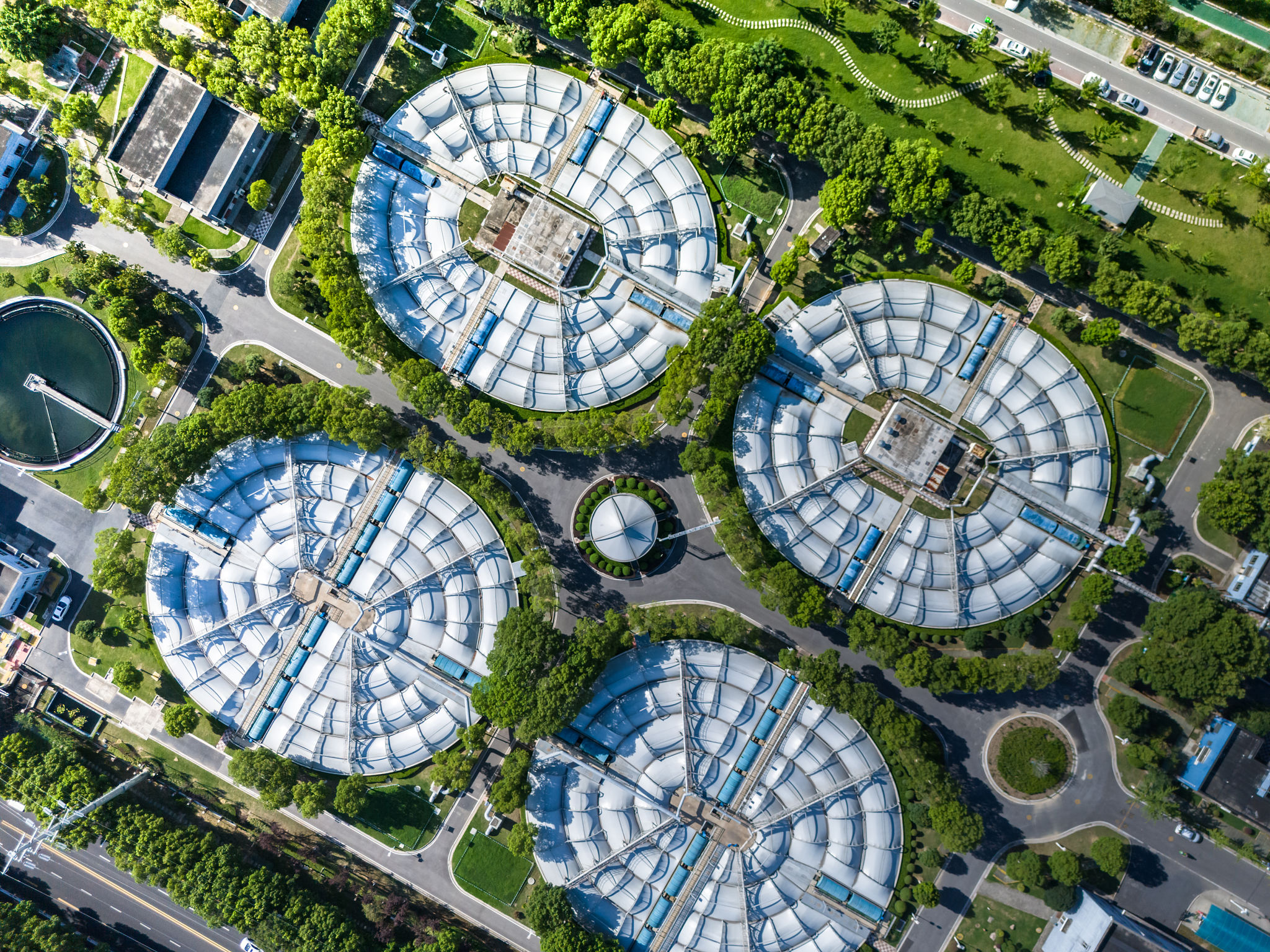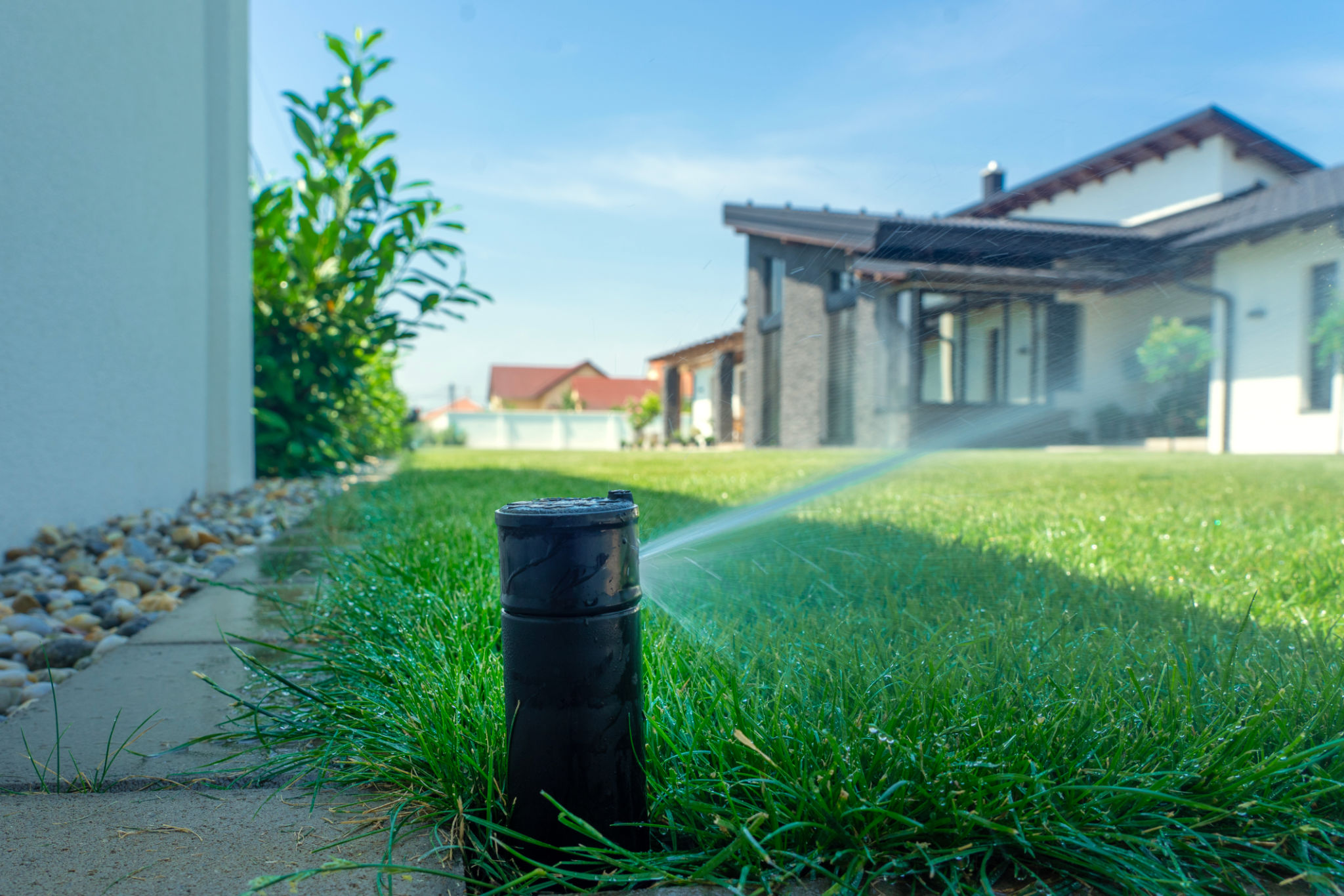Sustainable Commercial Landscaping Trends: Transforming Texas Business Spaces
Introduction to Sustainable Landscaping
As environmental consciousness continues to rise, businesses in Texas are increasingly recognizing the importance of sustainable practices. One key area of focus is commercial landscaping, where new trends are transforming business spaces into eco-friendly environments. By adopting sustainable landscaping practices, businesses not only contribute to environmental conservation but also enhance their brand image and reduce maintenance costs.

Native Plant Integration
One of the most impactful trends in sustainable commercial landscaping is the use of native plants. Native plants are adapted to the local climate and soil conditions, which means they require less water and maintenance. This not only conserves resources but also creates a more resilient landscape. Additionally, native plants support local biodiversity by providing habitats for native wildlife.
To incorporate native plants into your commercial landscape, consider consulting with a local expert who can recommend species that thrive in your area. Popular choices in Texas include bluebonnets, Indian paintbrush, and black-eyed Susans.
Water Conservation Techniques
Water conservation is a critical component of sustainable landscaping in Texas, where drought conditions are common. Businesses are adopting innovative water-saving techniques such as drip irrigation systems, which deliver water directly to the plant roots, minimizing waste. Rainwater harvesting systems are also becoming popular, allowing businesses to collect and store rainwater for irrigation purposes.

In addition to these techniques, businesses can implement xeriscaping—a landscaping method that reduces or eliminates the need for supplemental water from irrigation. Xeriscaping involves selecting drought-tolerant plants and using mulches to retain soil moisture.
Green Infrastructure
Green infrastructure elements such as green roofs and living walls are transforming urban landscapes across Texas. These features provide numerous benefits, including improved air quality, reduced energy costs, and increased property value. Green roofs, for instance, offer insulation benefits that help regulate building temperatures, reducing the need for heating and cooling.
Living walls, or vertical gardens, not only enhance the aesthetic appeal of a building but also contribute to air purification by filtering pollutants and carbon dioxide out of the air.

Sustainable Hardscaping Materials
Another significant trend is the use of sustainable materials in hardscaping. Businesses are opting for permeable paving solutions that allow rainwater to seep through the surface and reduce runoff. Recycled materials such as reclaimed wood and crushed concrete are also being used to create pathways and outdoor seating areas.
These choices help reduce the environmental impact associated with traditional construction materials and promote the concept of a circular economy.
The Role of Technology in Sustainable Landscaping
Technology is playing an increasingly vital role in sustainable landscaping practices. Smart irrigation systems equipped with sensors and timers optimize water usage by adjusting watering schedules based on weather conditions and soil moisture levels. This not only conserves water but also ensures that plants receive the optimal amount of hydration.

Additionally, landscape management software allows businesses to monitor and manage their landscapes more efficiently, identifying areas where sustainability can be improved.
Benefits of Sustainable Landscaping for Businesses
Adopting sustainable landscaping practices offers numerous benefits for businesses. Environmental benefits include reduced water consumption, enhanced biodiversity, and decreased carbon footprint. Economically, sustainable landscapes often require less maintenance and can lead to lower utility bills due to efficient resource use.
Furthermore, businesses that prioritize sustainability are likely to attract environmentally conscious customers and employees, enhancing their brand reputation and competitive edge in the market.
Conclusion: Embracing a Greener Future
The shift towards sustainable commercial landscaping in Texas is more than just a trend—it's a necessary step towards a greener future. By integrating native plants, conserving water, utilizing green infrastructure, choosing sustainable materials, and leveraging technology, businesses can create beautiful, eco-friendly spaces that benefit both their bottom line and the environment. Embrace these trends today to transform your business space into a sustainable oasis.
